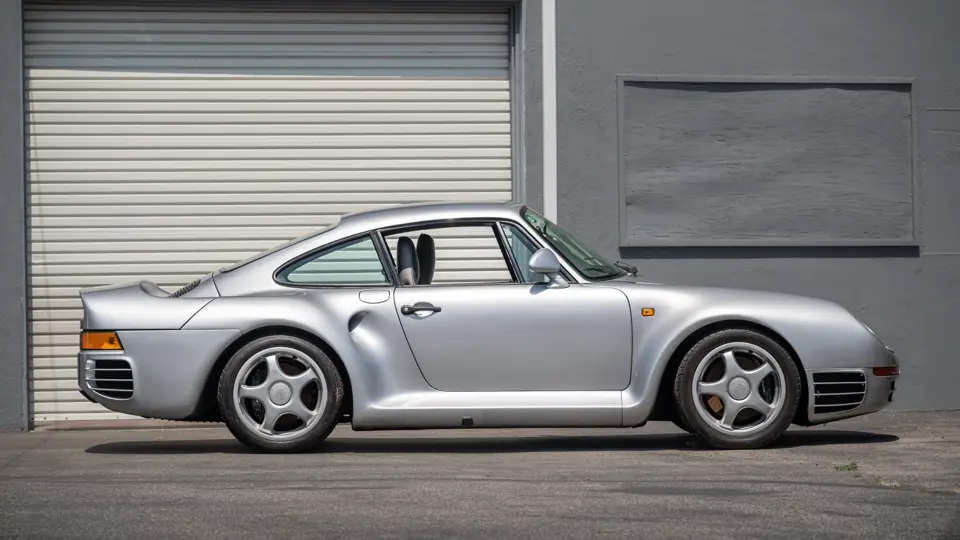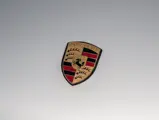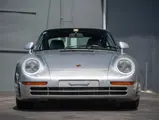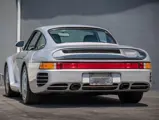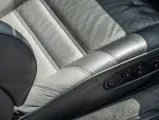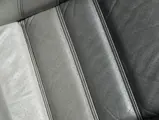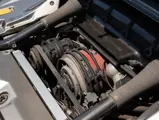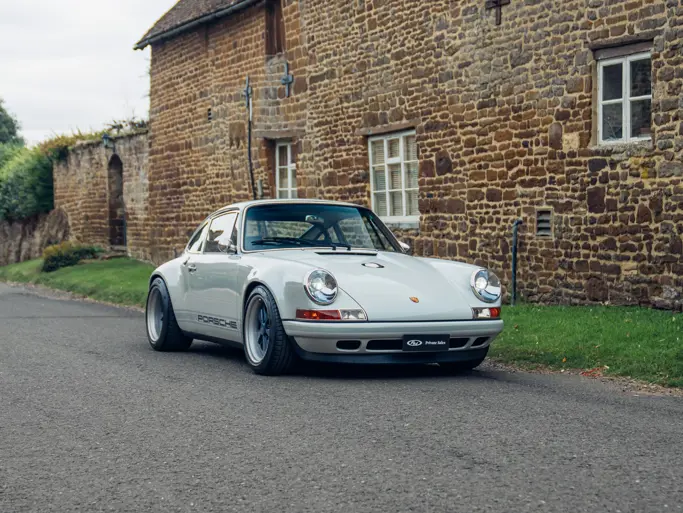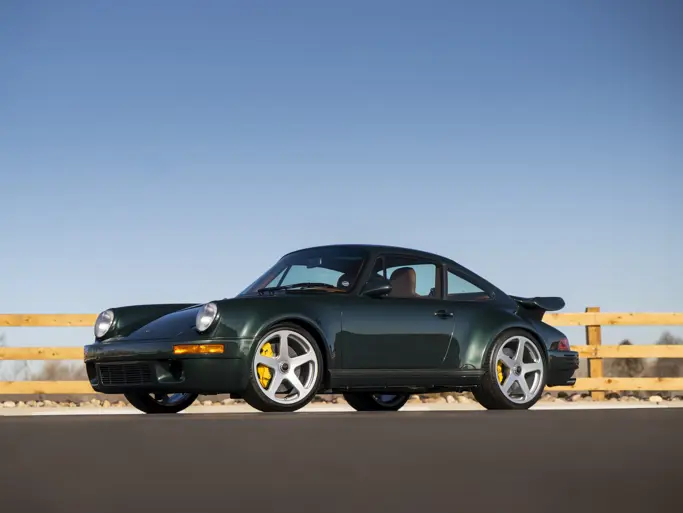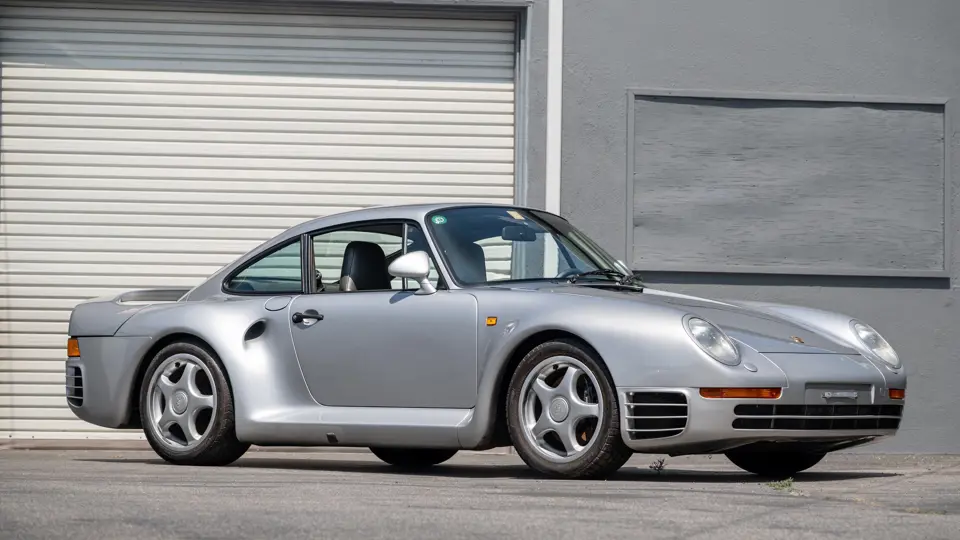
1988 Porsche 959 'Komfort'
{{lr.item.text}}
$1,710,000 USD | Sold
{{bidding.lot.reserveStatusFormatted}}
- Fresh-to-market example hidden from the public eye since 1993
- One of 106 Komfort examples built for 1987
- Currently offered with fewer than 9,500 km (~5,900 mi.) at time of cataloguing
- Presented in the rarely seen color combination of Polar Silver over Dark Grey leather
- Accompanied by tools and its original manuals
It is hard to overstate just how truly ahead of its time the Porsche 959 project was when it was unveiled as the “Gruppe B Concept” at the Frankfurt Auto Show in 1983, and subsequently as a production car in 1985. It unequivocally defined the supercar market at its very highest end—where there are no compromises on performance or limitations on cost. Alongside Lamborghini’s Countach LP5000 QV and Ferrari’s F40, the 959 has become a “poster car” for an entire generation of automotive enthusiasts. Better yet, the 959 has always been the most luxurious, reliable, tractable, and rarest model of these three.
While Ferrari and Lamborghini were jousting for the relatively simple accolade of having the World’s Fastest Car, Helmuth Bott’s team of engineers at Porsche were given free rein to pursue an enviably open-ended brief: To create the world’s most advanced—and capable—supercar. That car would even find a fan in Bott’s predecessor, Ferdinand Piëch, a man renowned for his engineering prowess and uncompromising pursuit of technical innovations. Piëch would later daily drive a 959 prototype, clearly won over by its technical sophistication and capabilities. Indeed, Piëch’s endorsement of the 959’s daily utility was a leading factor of the consignor’s aspiration to acquire an example for himself—by virtue of his respect and admiration not only of the Porsche brand, but also Piëch.
In every department, Porsche engineers utilized innovative technologies, no matter the cost, to unlock hitherto unparalleled levels of performance. It was Bott’s dedication to the ethos that electronics could enhance mechanical performance which made the result of his team’s work so spectacular. Looking past its incredible performance figures, the 959 introduced a number of features that would become industry standards in the future. Adjustable suspension, an intelligent four-wheel-drive system, lightweight Kevlar composite and aluminum body panels, and super-lightweight hollow-spoke magnesium wheels made it nothing short of a game-changer.
The true brilliance of the 959 lay beneath its svelte body shell. Its tremendously powerful, rear-mounted engine was Porsche’s race-proven flat-six, with air-cooled cylinders and four-valve, water-cooled cylinder heads. Displacing just 2.85 liters, this twin-turbocharged unit remains remarkably like those used in the brilliant “Moby Dick” IMSA GT coupe and Porsche’s Indy open-wheel project. It delivers power in an almost seamless fashion, with a small turbocharger spinning up from near-idle to establish low-end boost, while the second exhaust-driven turbine came into play at 4,500 rpm. At full throttle and maximum boost, this relatively small engine produced a very impressive 450 horsepower at 6,500 rpm.
Power was fed through a specially designed Borg-Warner six-speed transmission, which includes an extremely low "Gelände" gear for use in the off-road situations which the Type 961 rally car might have encountered.
Porsche’s Porsche-Steuer-Kupplung (PSK) system permits the driver to vary the 370 pound-feet of torque between the rear and front axles, allowing up to 80 percent to be electronically transferred rearward under hard acceleration. The 959’s highly advanced suspension was also race-derived, with double-wishbones at each corner, coil springs, and double shocks that could be adjusted by the turn of a knob from the driver’s seat. Both the ride height and shock damping were electronically adjustable, and a full array of instruments kept the driver in touch with everything going on behind and beneath. Special 17-inch lightweight magnesium alloy wheels and model-specific run-flat tires were created for the model, while enormous, power-assisted, ventilated disc brakes with ABS managed stopping chores.
The 959’s staggering performance capabilities were eclipsed only by its development costs—which nearly bankrupted Porsche. Despite an MSRP of 420,000DM (~$300,000), the company still lost 50% of its costs on each of the 292 standard units sold. Most 959s were furnished in Komfort trim, which included standard seatbelts, air conditioning, cabin insulation, leather upholstery, and adjustable suspension system.
As noted by its accompanying manuals, this 959 Komfort example, number 247, is a German-market specimen which was furnished directly by the factory to the German real estate and construction magnate Franz Sallinger in August 1988, who promptly registered it with the vanity plate “MYK E 959.” In addition to its special “direct factory sale” designation, this remarkable 959 was further specified in the color combination of Polar Silver over a full Dark Grey leather interior (a rare choice in itself) and fitted with a pair of heated, electronically adjustable sport seats.
Later exported to Japan, the current owner acquired the car approximately 30 years ago. A banker by trade and enthusiastic believer in the Bauhaus movement, this passion can be seen in his love for automobiles as well, particularly Porsches. Also, a long-term owner of a 1972 911 S, a 964, and a 356, he fell in love with the 959 in particular for its simplicity in aesthetic design amidst its hidden technical mastery, with form always following function. Keenly aware of the 959’s performance capabilities, he often used this car for late-night, high-speed runs to his office, as his job required him to be on-call at all hours. In driving the 959, he believed that this car’s advanced technology would make his commute safer, not only for him, but other drivers on the road, thereby allowing him to arrive at work stress-free.
The 959 has long been renowned by privileged enthusiasts as an eminently usable vehicle, with many examples of the famous model now having covered comparably high mileage to other supercars of the era. However, this example was sparingly used then subsequently stored for many years; thus, 959 number 247 is today offered for sale with fewer than 9,500 kilometers (~5,900 miles) at time of cataloguing. It is surely among the lowest-mileage examples of this remarkable model available today. Please note that, although the car has not been driven in many years and will require significant recommissioning, at the time of cataloguing we can confirm the engine to have been running. Interested parties are encouraged to contact an RM Sotheby’s Specialist for updated information, accordingly.
Now coming to market for the first time in 30 years, this 959 remains highly original throughout and is offered with books, tools, air compressor. It is a long-sequestered example of the definitive Porsche supercar of the 1980s.




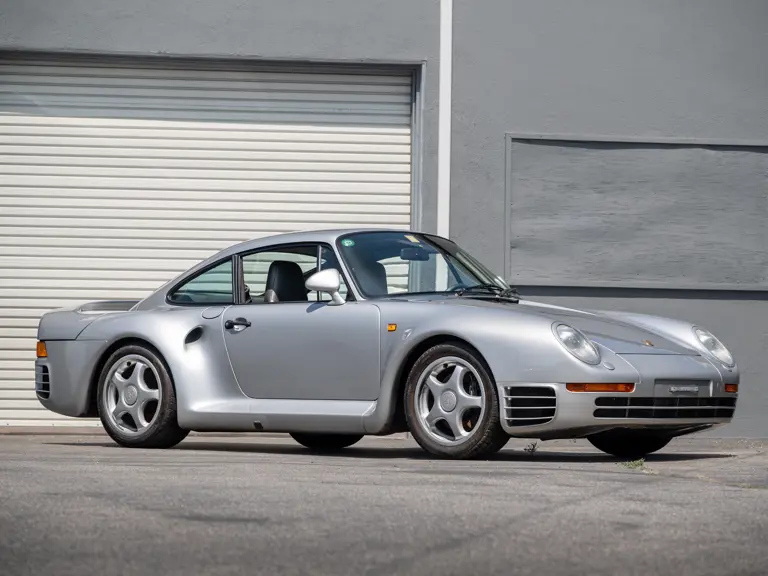
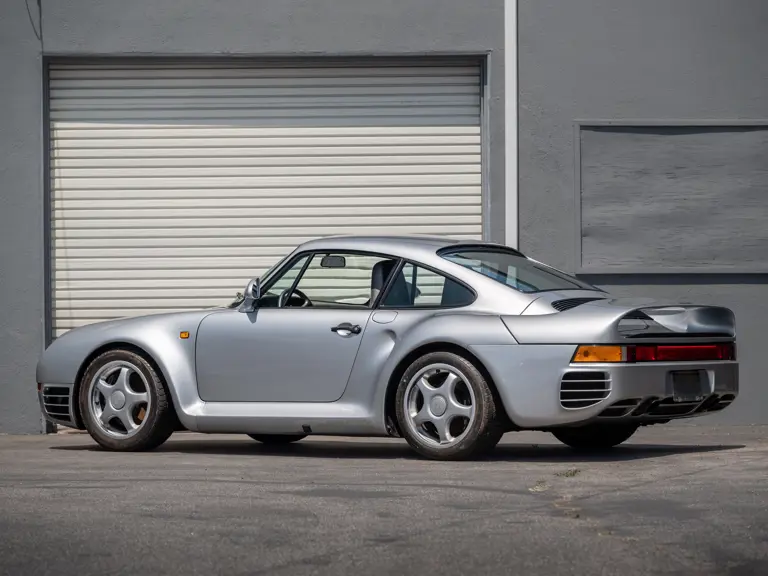



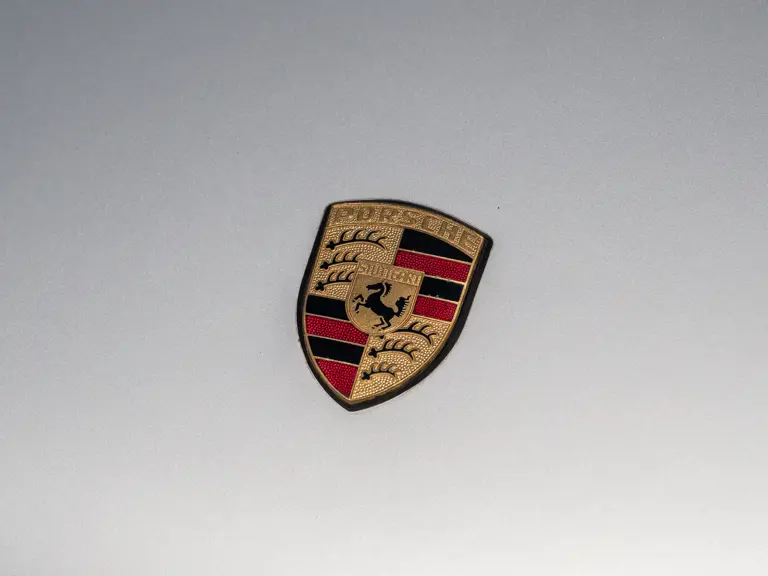


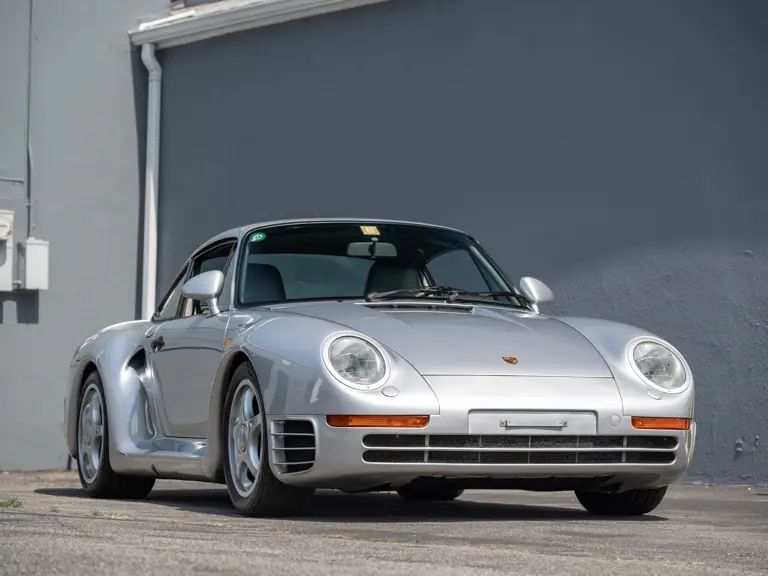
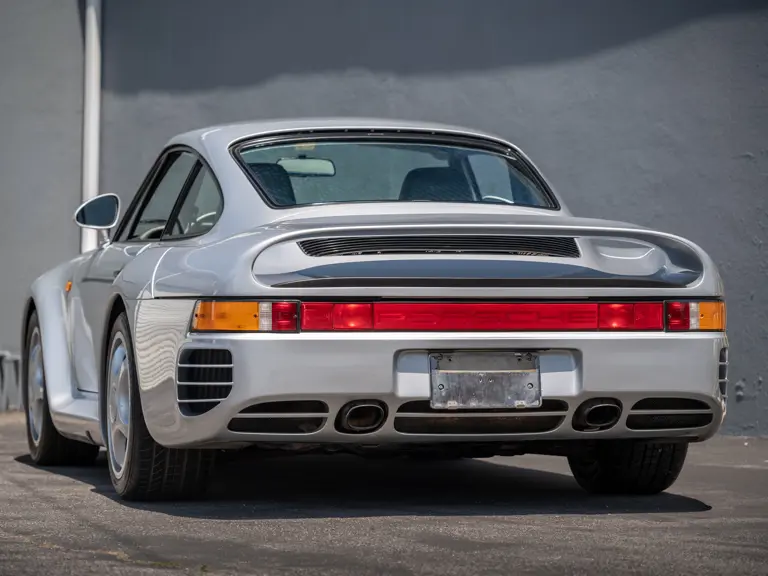

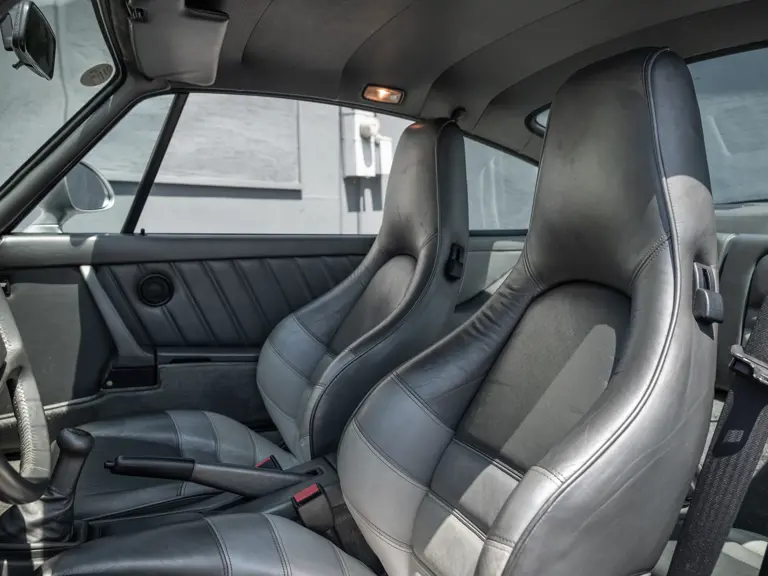
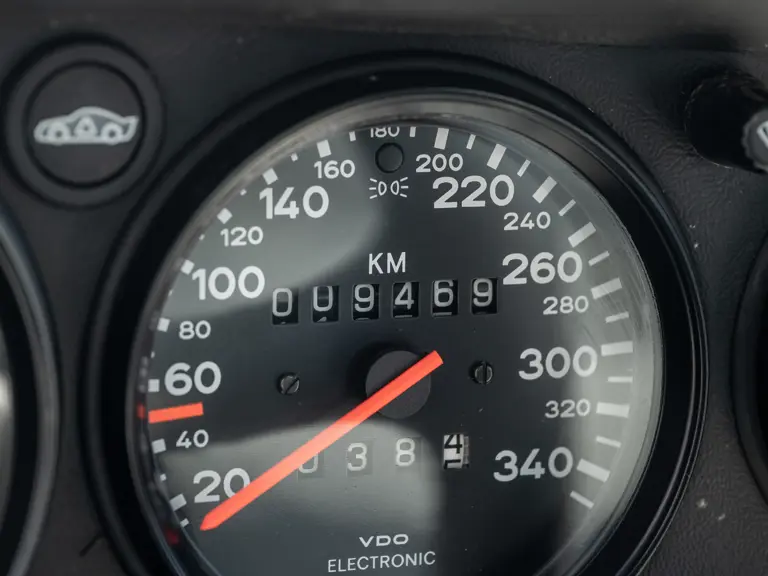
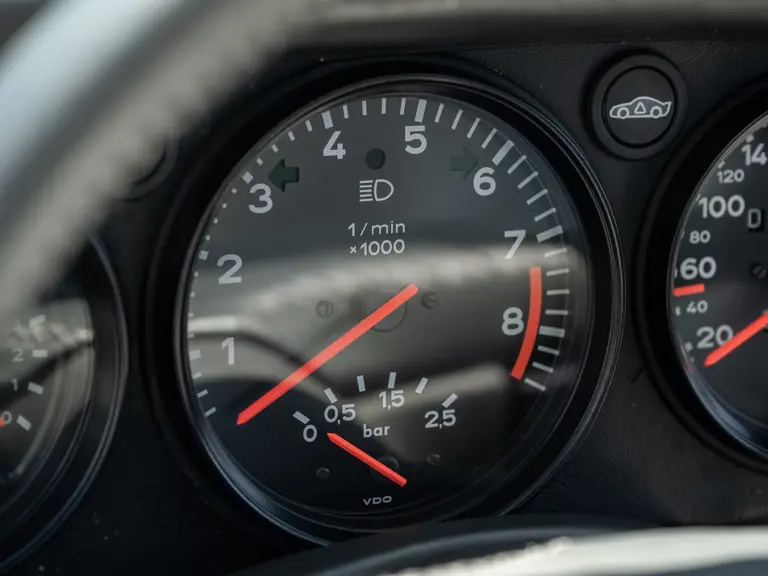
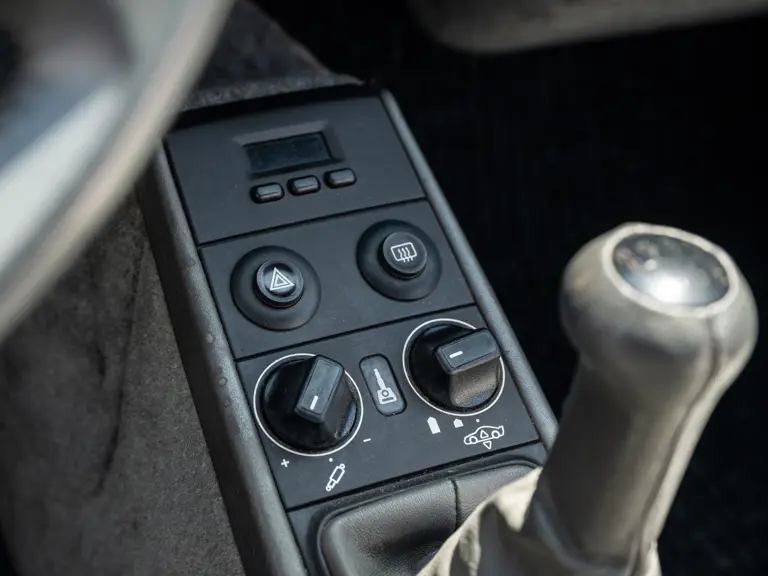
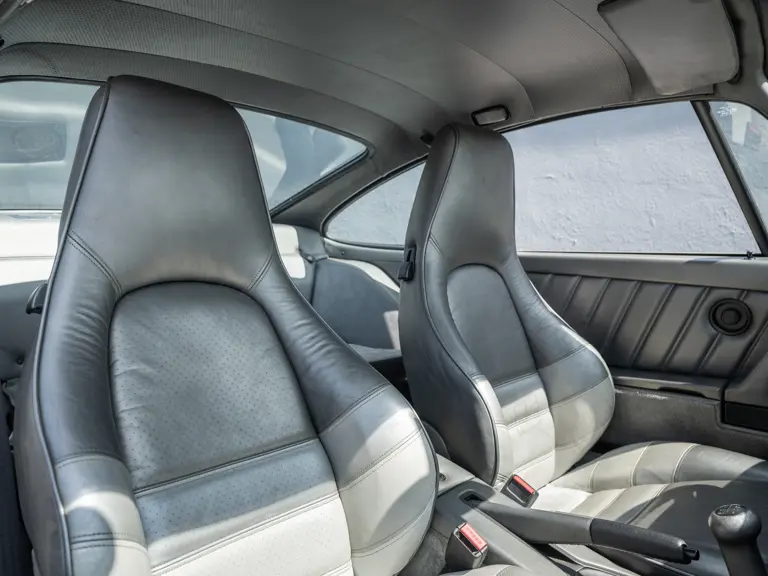
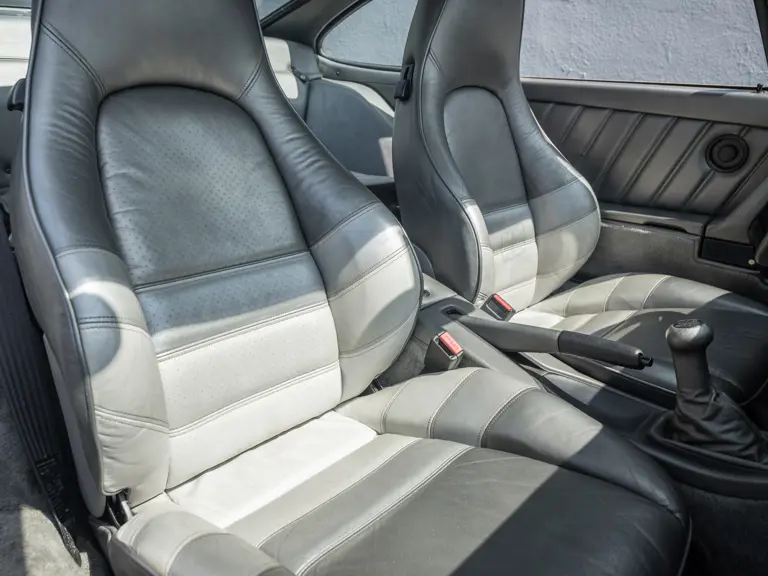

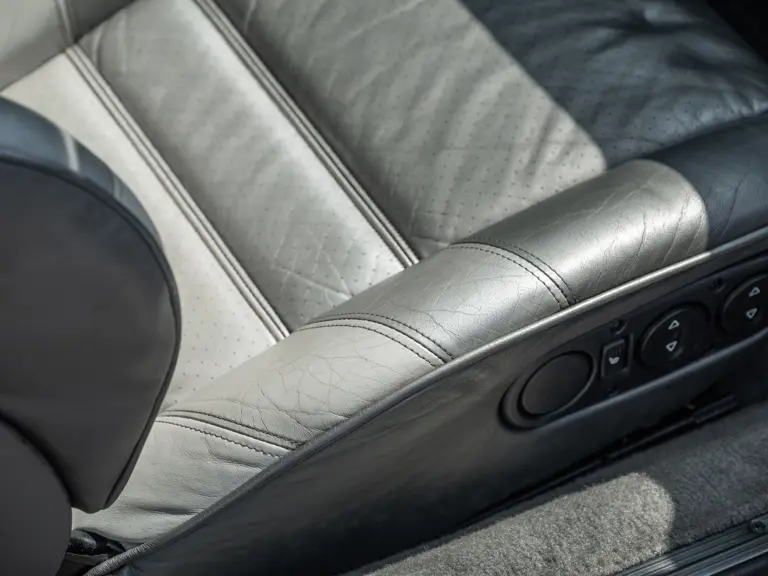
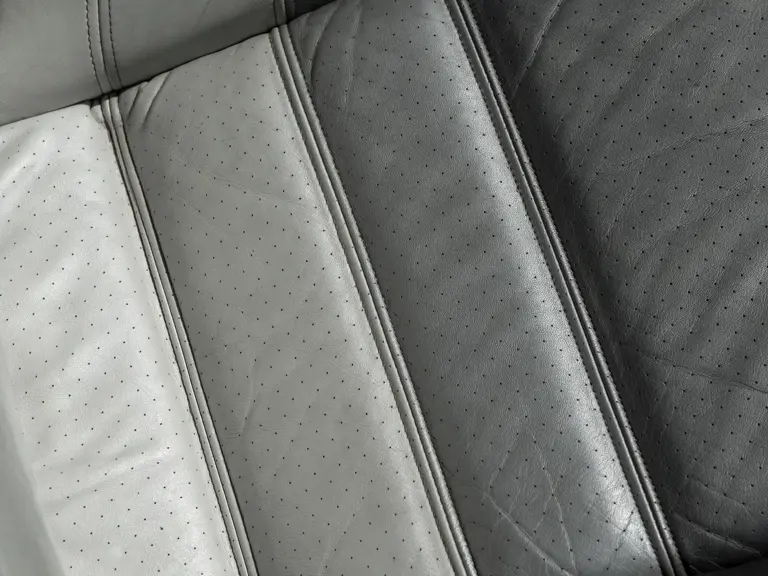
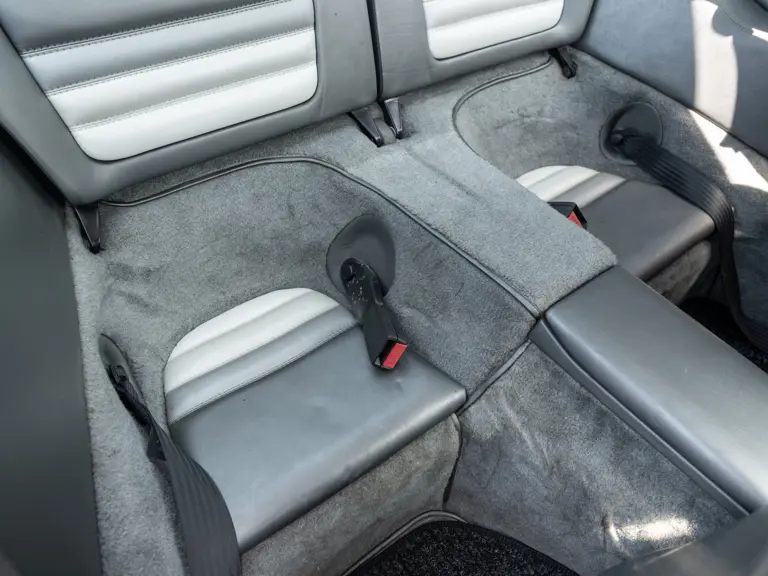
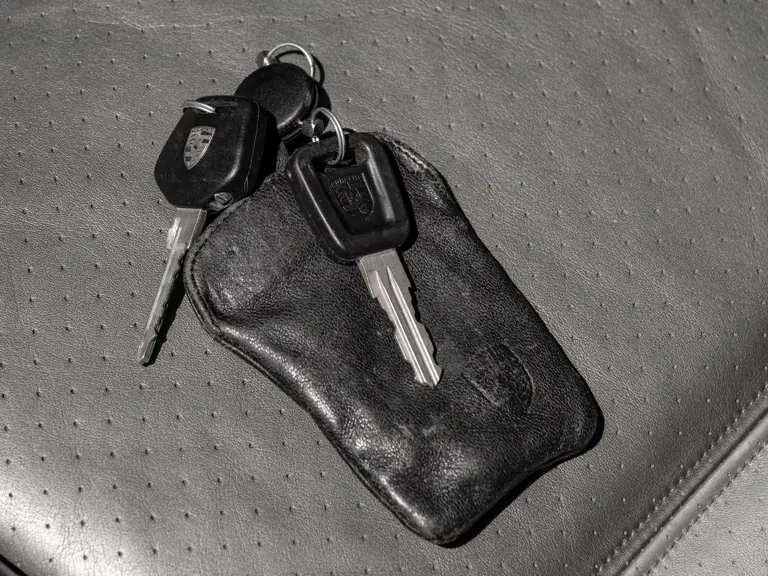

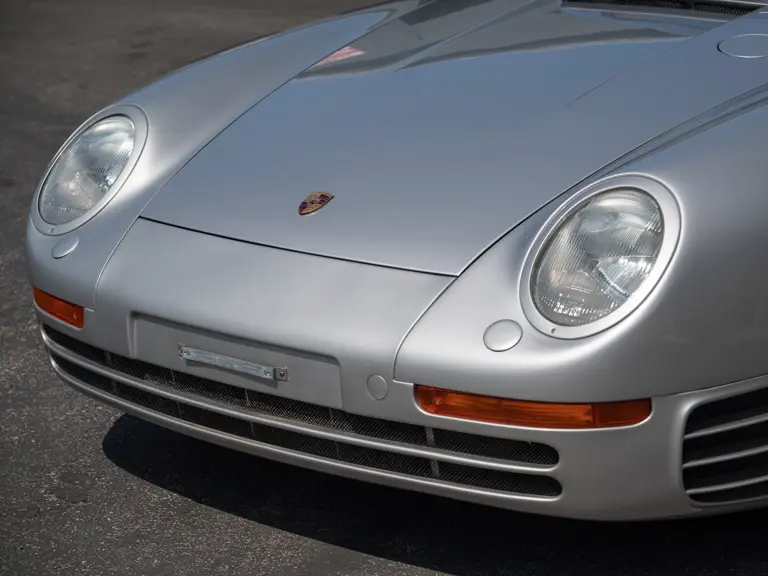
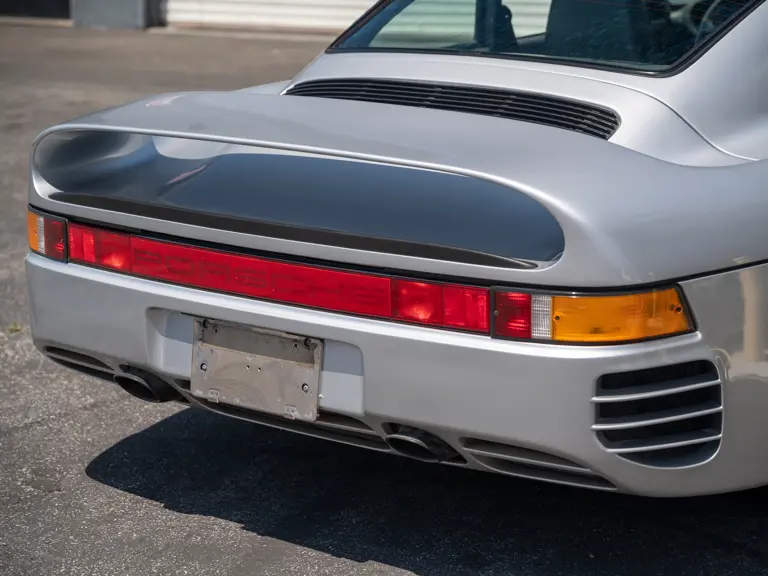
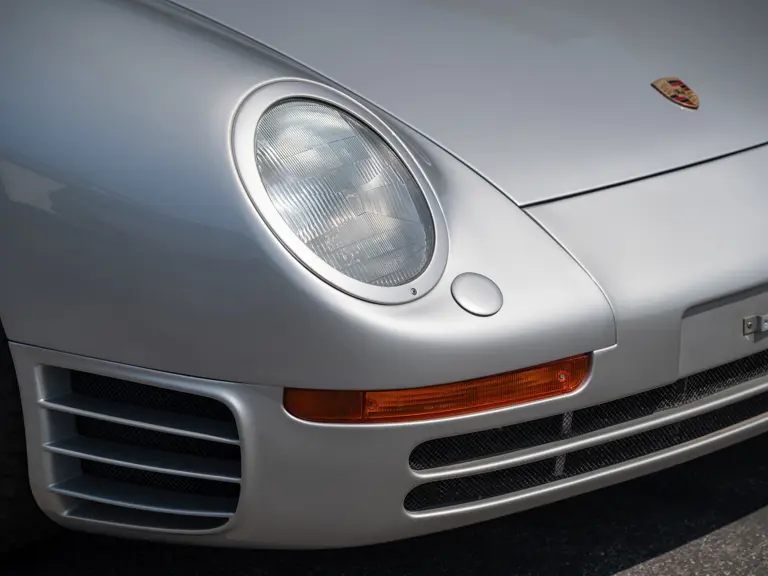
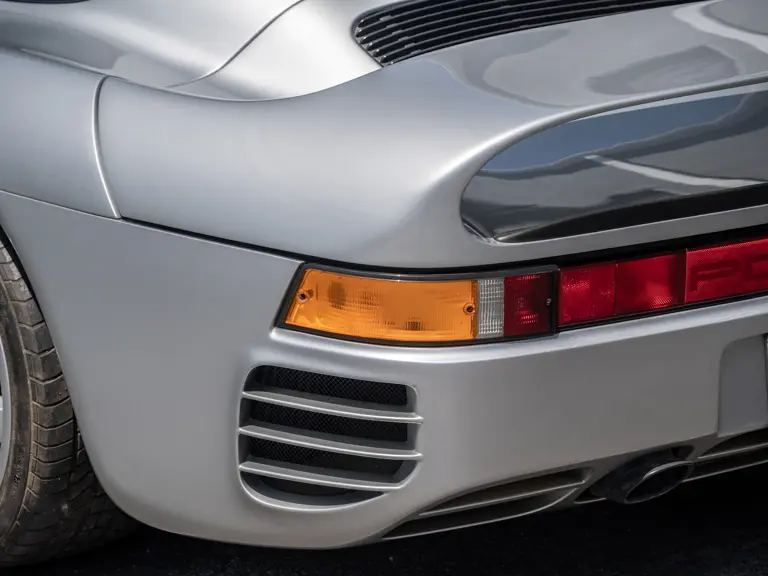

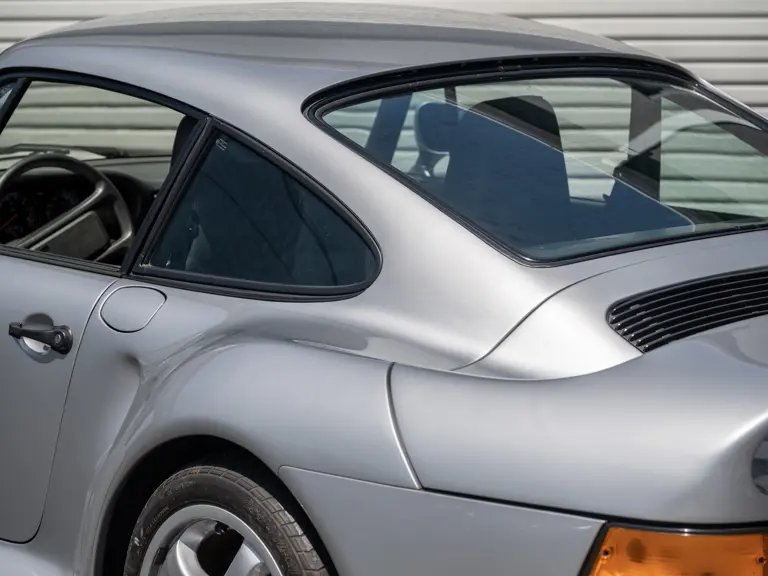
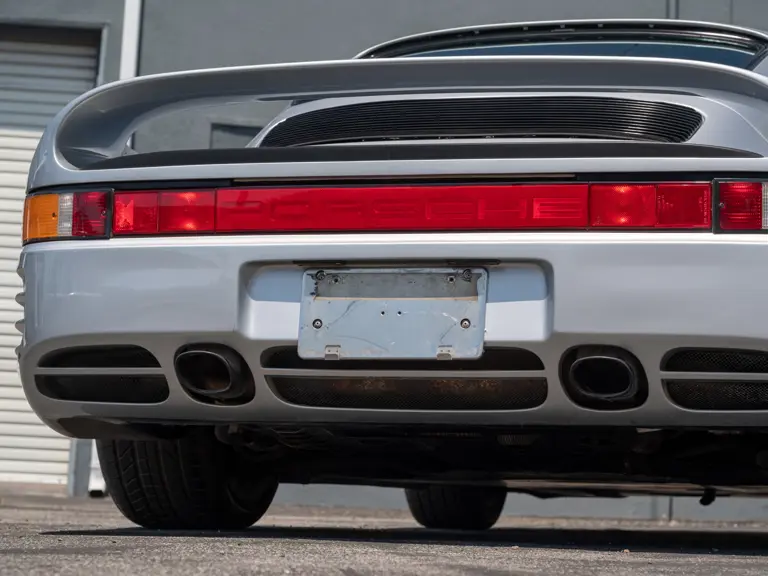
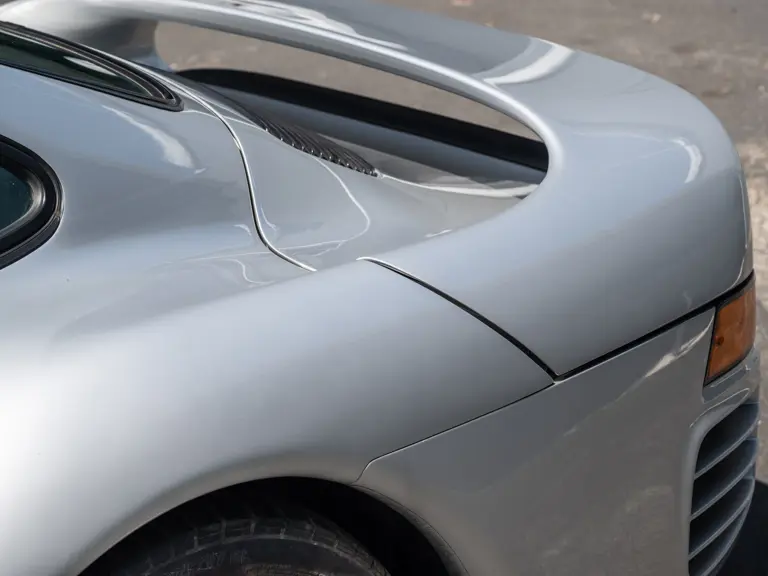
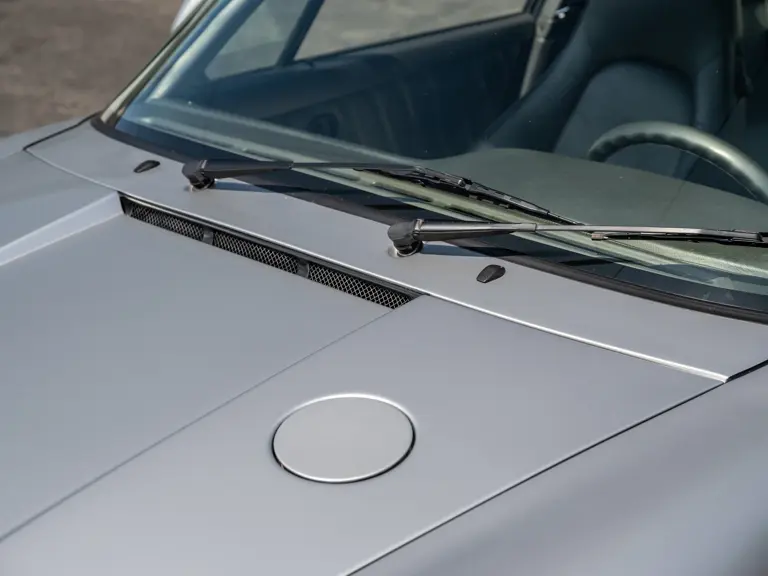

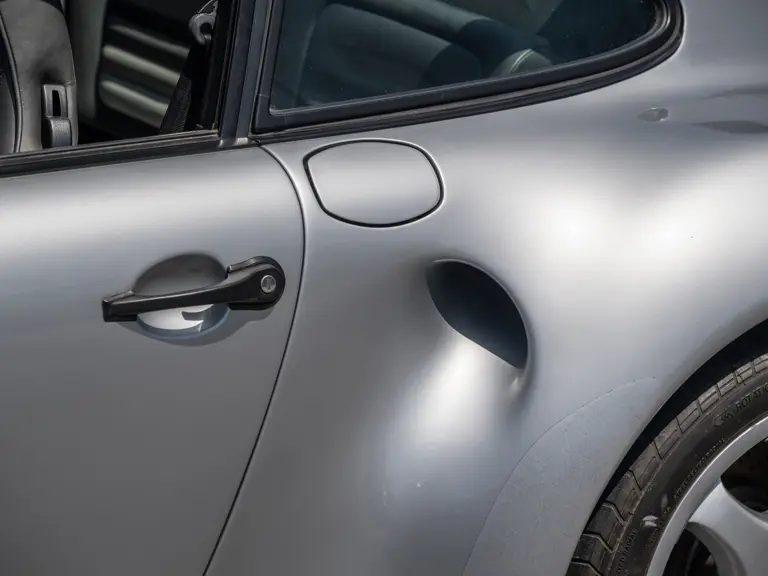


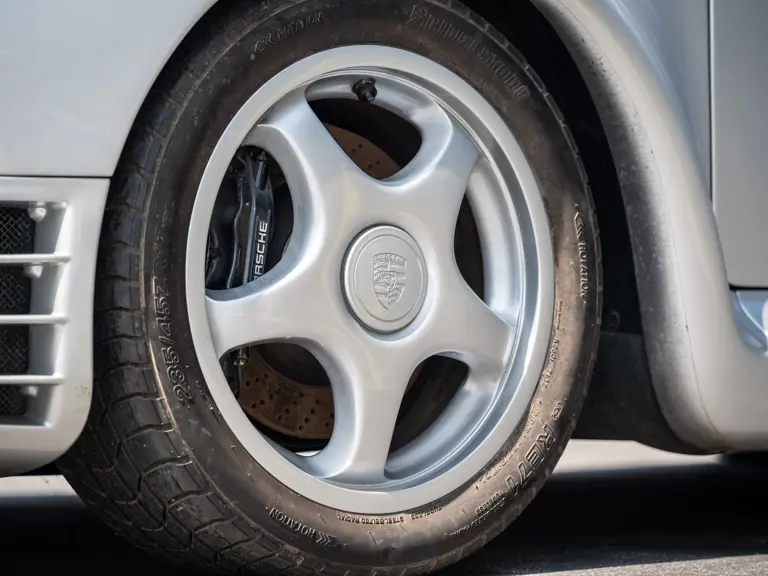
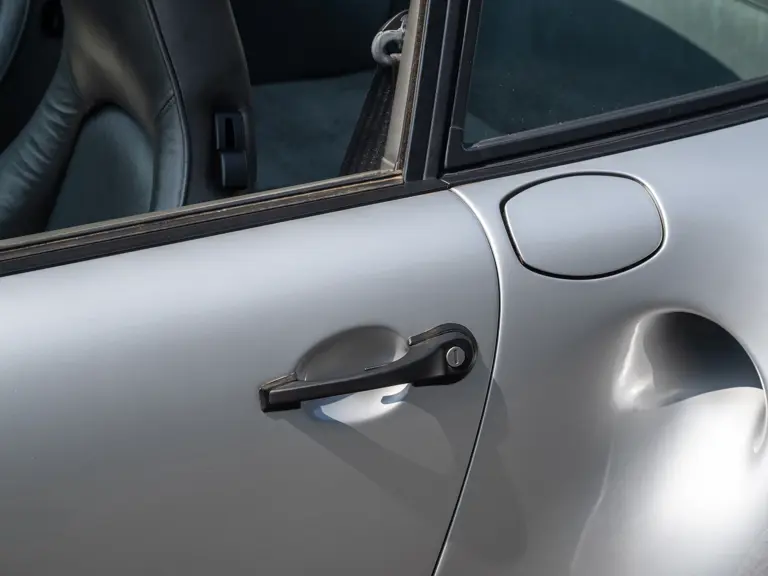
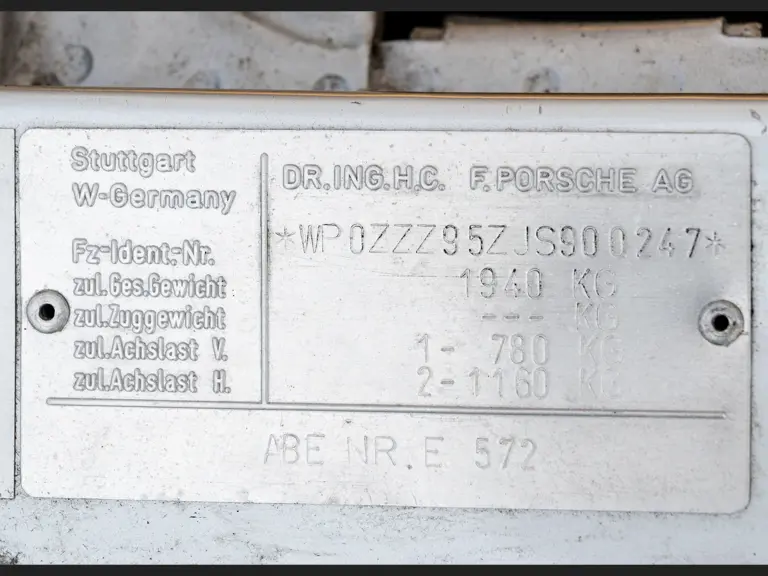
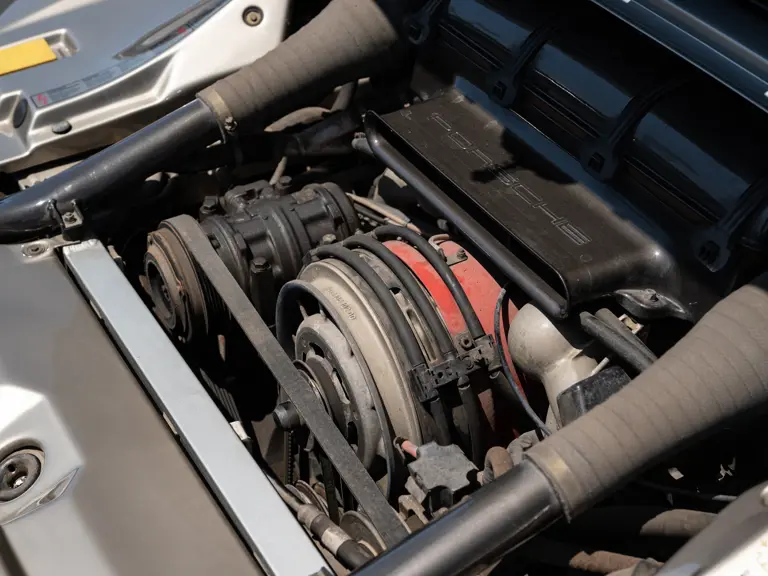
 | Monterey, California
| Monterey, California
